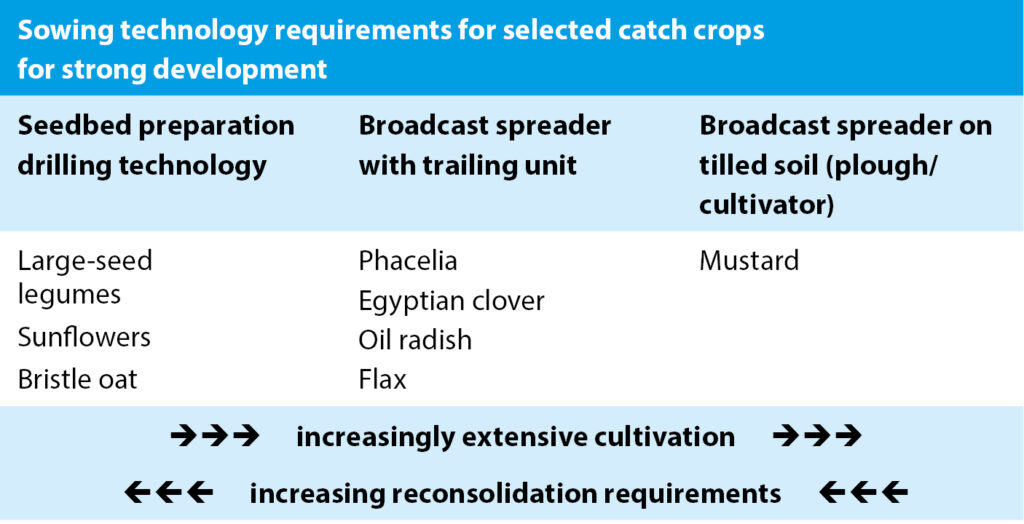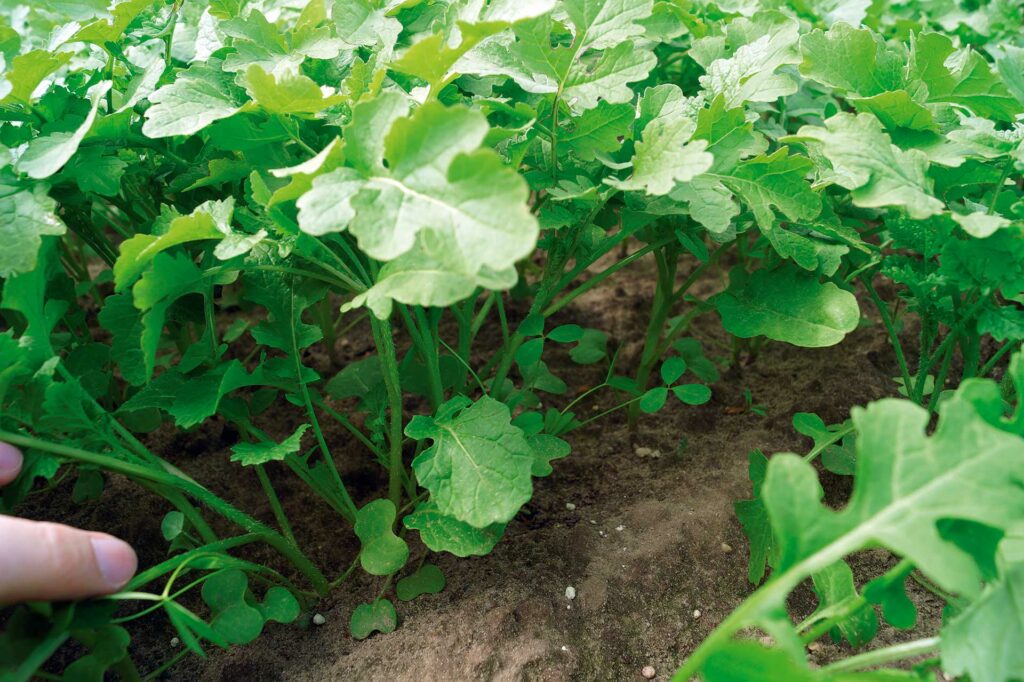
Besides their function as a source of food for numerous insects and as a shelter for small game, catch crops can contribute significantly to the optimisation of the soil. The cultivation of catch crops is an important component in the system of conservation tillage, as the effects of tillage can be imitated through catch crop cultivation.
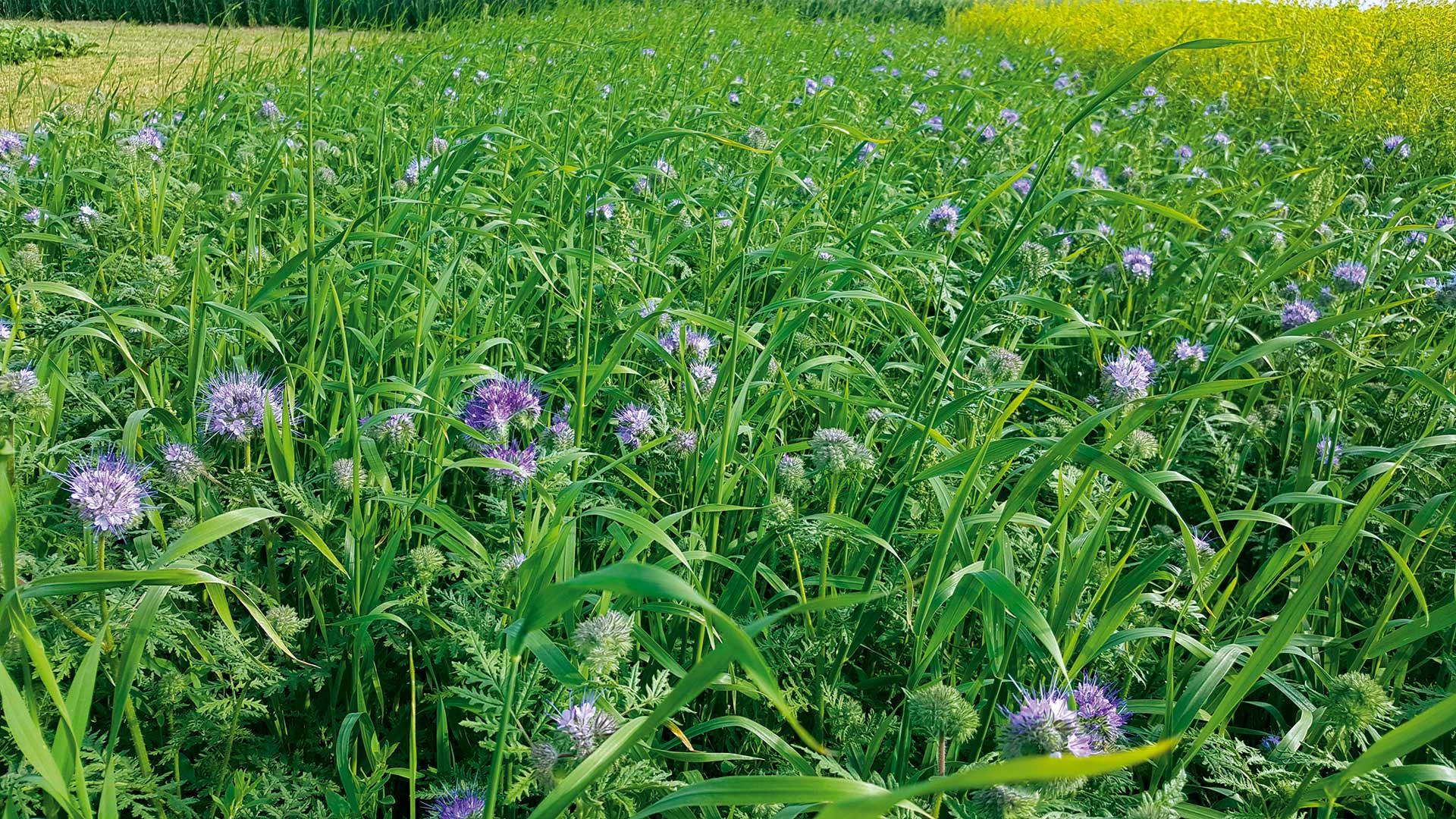
Intercrops are thus able to,
- Additionally protect the soil from erosion over winter
- Provide food for soil organisms and surface-dwelling organisms
- Break up compaction through their root growth
- Shift nutrients from deeper soil layers to the surface, where the plant rots at the surface and is mineralised by soil organisms
- Bind atmospheric nitrogen and incorporate it into the soil (leguminous catch crops)
- Improve the trafficability of the soil, as the roots hold the soil together like a scaffold
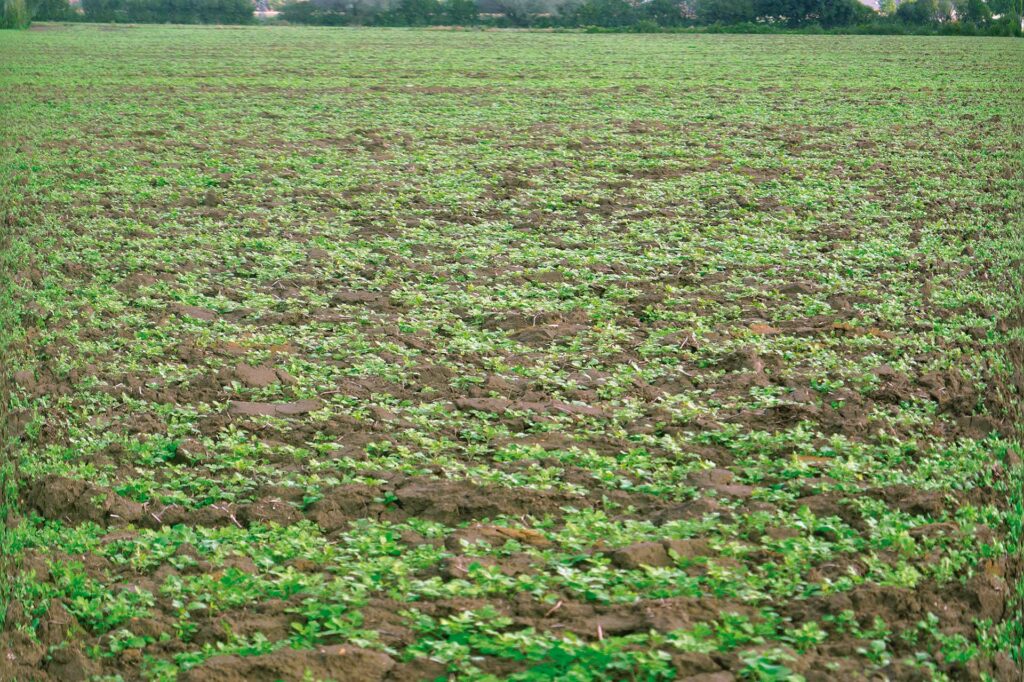
Important tips for intercropping
Crop rotation/main crop
Intercropping must not negatively affect the health, yield and quality of the following main crop and should ideally have a beneficial effect on the entire crop rotation.
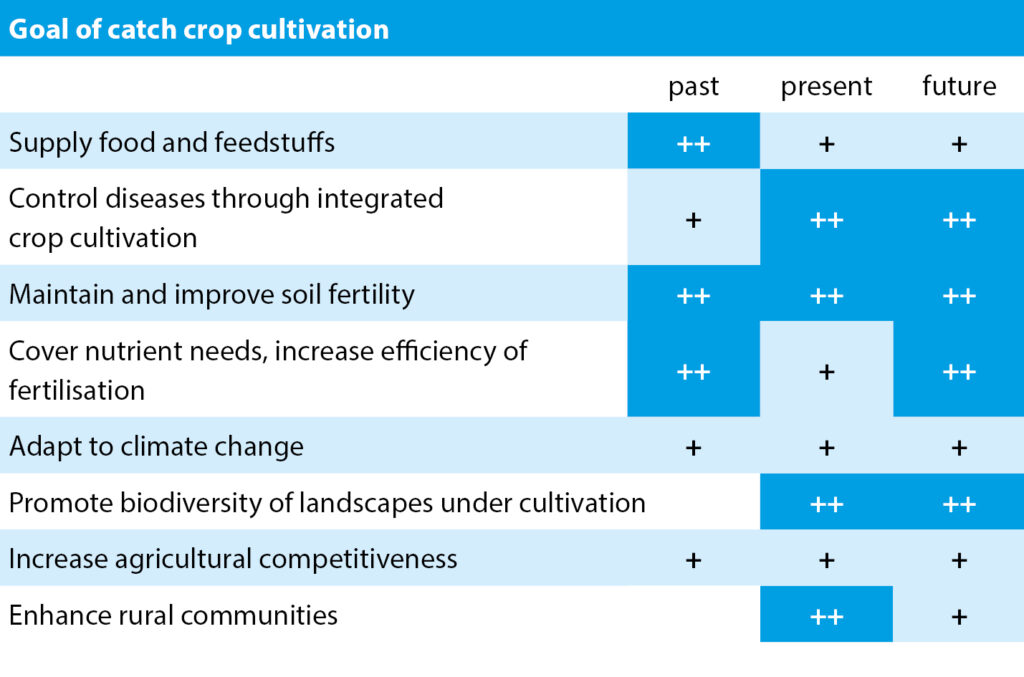
Sowing time
Intercrops have different suitabilities for early or late sowing. While legumes tend to reward early sowing with lush growth, yellow mustard and greening rye are pronounced specialists also for late sowing dates.
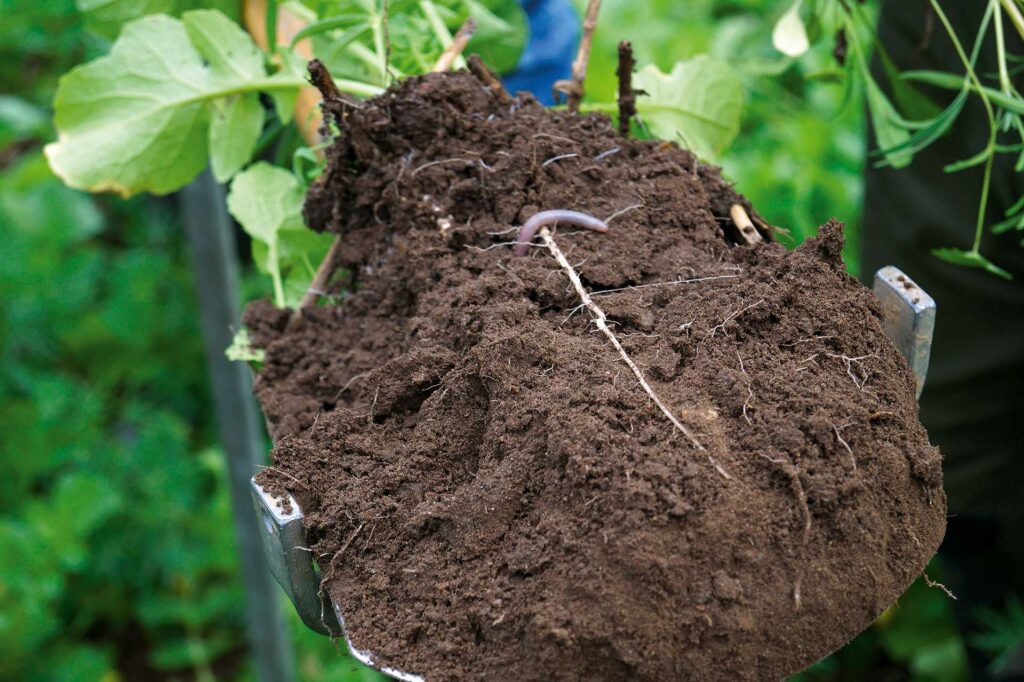
Water supply
Freezing catch crops generally have no negative influence on the water balance of the following crop. Increased winter precipitation usually balances the water balance until the main crop is sown. The emergence and soil shading of catch crops protect against unproductive evaporation and create soil rigidity. In the long term, the additional organic biomass promotes water-holding capacity via the improved humus content, and the root tunnels create tubes in which precipitation water can be absorbed into the soil and does not cause erosion damage above ground.
N availability
Intercrops can be used specifically to conserve the available residual nitrogen after harvesting the previous crop for the following crop or to make additional atmospheric nitrogen available to plants during the intercropping period. Oil radish, turnip and mustard have a high, legumes a low N requirement.
Sowing technique
Intercrops have different requirements in terms of seedbed preparation and drilling technique. Since the aim of intercropping is always the rapid establishment of a dense stand to suppress undesirable weeds and volunteer cereals, sowing should be carried out as carefully as technically and temporally possible. The main crop tillage of catch crops often saves tillage before sowing the following crop. Maize and sugar beet mulch sowings take advantage of the soil fermentation of the catch crops and benefit from the mulch layers of the catch crops in the first few weeks.
